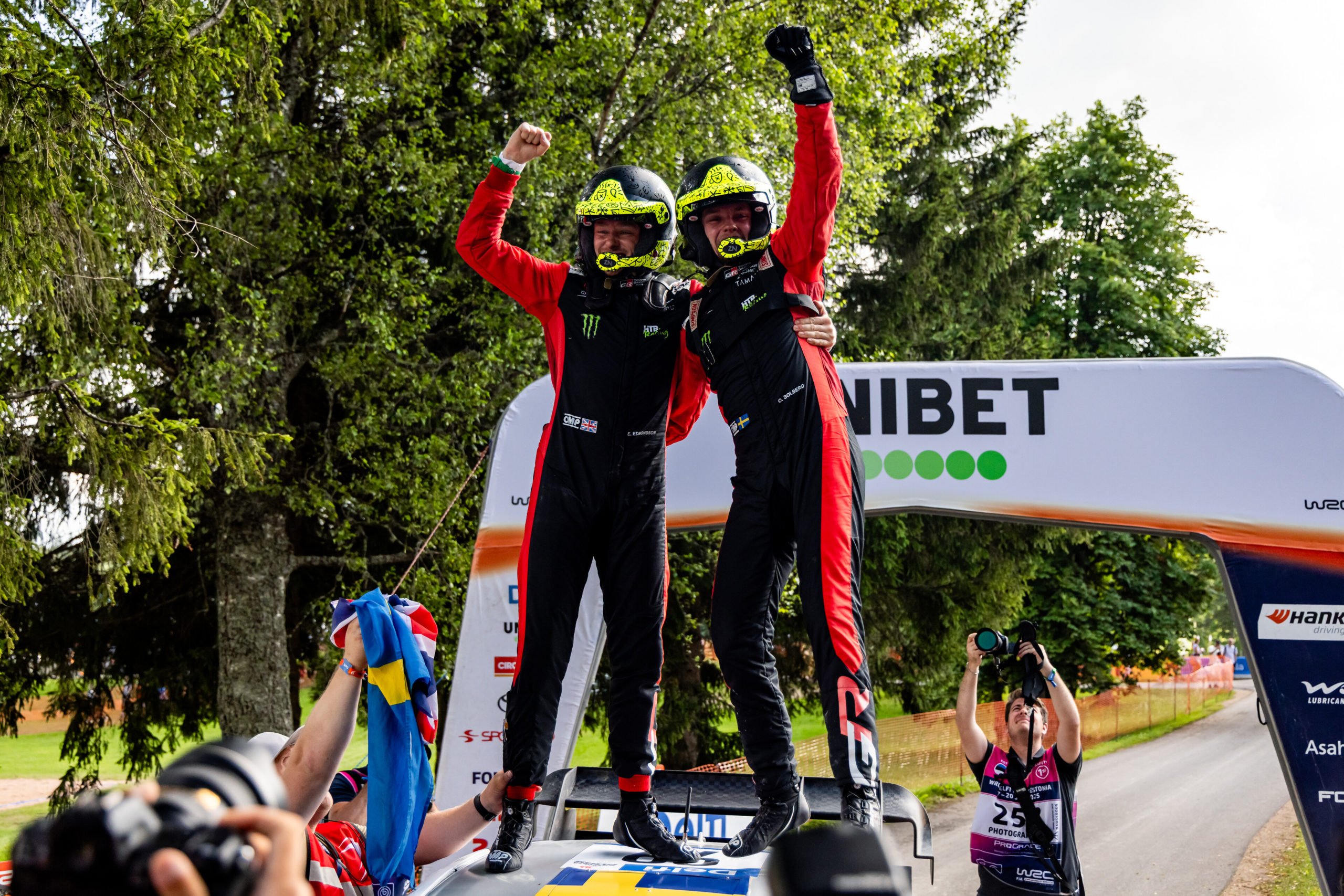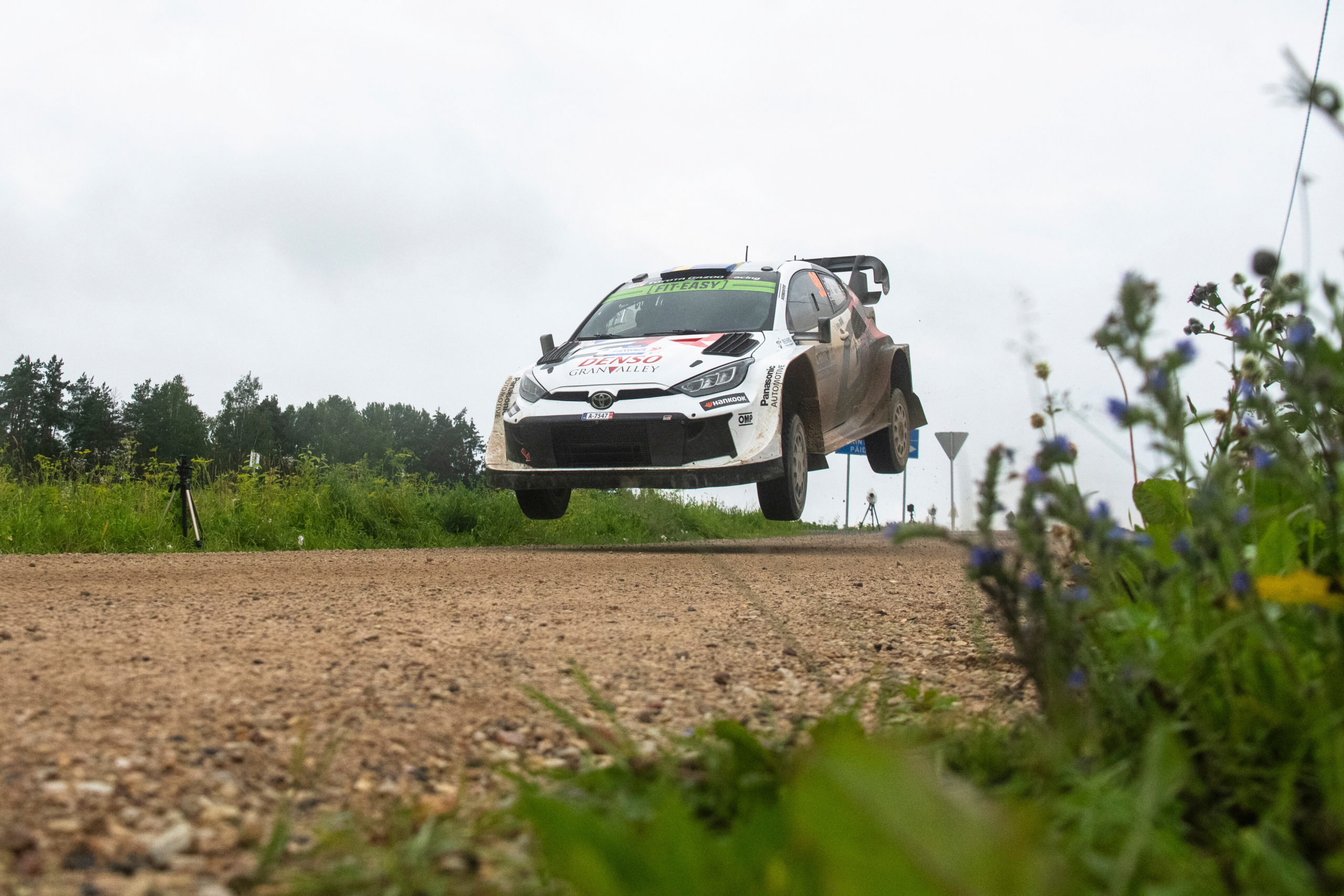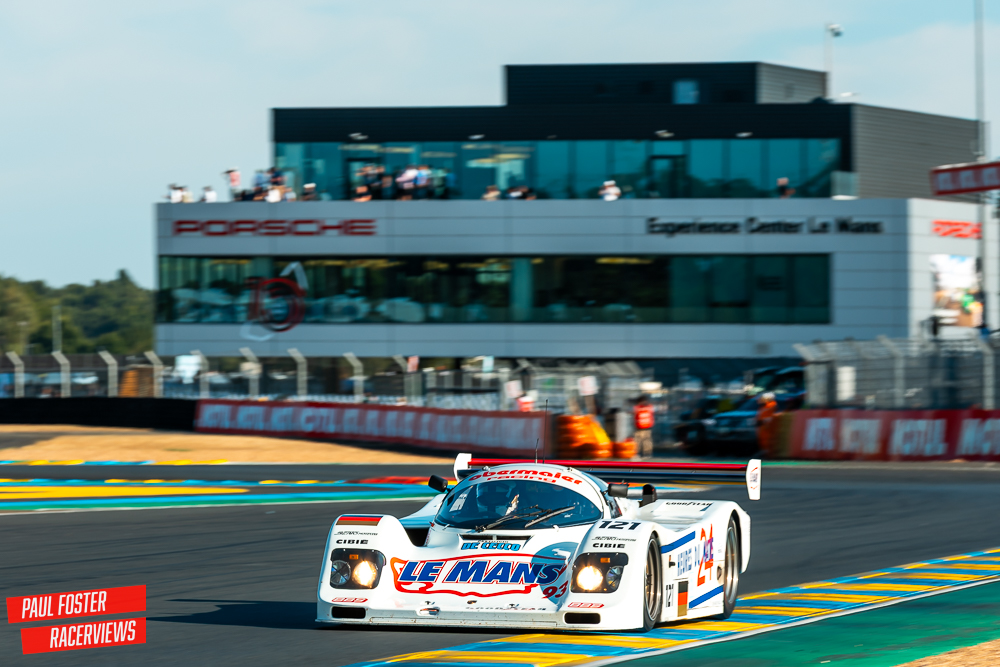The 2025 Le Mans 24 Hours qualifying session delivered a spectacle befitting the world’s most prestigious endurance race. As dusk settled over the Circuit de la Sarthe, teams and drivers across the Hypercar, LMP2, and GT3 classes vied for supremacy, each seeking to etch their names into motorsport history. The session was marked by drama, precision, and a few surprises, as the grid for the 92nd running of the legendary event was set. This account explores the key narratives and performances from each of the major classes, providing an in-depth analysis for the discerning motorsport enthusiast.

Hypercar: Cadillac’s Breakthrough and the Battle for Pole
The Hypercar category, the headline act of Le Mans, witnessed a seismic shift as Cadillac Hertz Team Jota secured a historic one-two on the grid. Alex Lynn, piloting the #12 Cadillac, stunned the paddock with a blistering lap of 3:23.166 in Hyperpole 2, narrowly edging out the sister #38 car by just 0.167 seconds. Notably, the #38 entry featured 2009 Formula One World Champion Jenson Button, alongside seasoned endurance racers Earl Bamber and Sébastien Bourdais, underscoring the depth of talent within the team.
Lynn’s pole-winning effort was supported by his team-mates Norman Nato and Will Stevens, both of whom brought a wealth of experience from Formula One and endurance racing. This achievement marked Cadillac’s first-ever pole at Le Mans, a testament to the marque’s rapid development and the team’s meticulous preparation.
Behind the Cadillacs, Porsche Penske Motorsport demonstrated formidable pace, with the #5 car of Julien Andlauer, Michael Christensen, and Mathieu Jaminet securing third position, followed closely by the #15 BMW M Team WRT entry. Porsche’s second car, the #4, rounded out the top five, while BMW’s #20 took sixth, highlighting the competitive balance among the front-runners.
Ferrari, last year’s pole-sitters and race winners, found themselves unexpectedly on the back foot. Their best-placed car, the #50 AF Corse, could only manage seventh, a result compounded by a costly error from Sébastien Buemi in the #8 Toyota at Mulsanne Corner, which left the car without a representative time. Alpine, Toyota, and Aston Martin all faced their own challenges, with Alpine’s #36 and Toyota’s #8 just scraping into the top ten.
The Hypercar session was not without controversy, as the #6 Porsche Penske was disqualified from the results, further shaking up the order. As the grid was finalised, it was clear that the 2025 Le Mans would begin with a tantalising mix of established giants and ambitious challengers at the front.

LMP2: TDS Racing’s Commanding Performance
In the LMP2 category, the competition was equally fierce, but it was TDS Racing who emerged as the class of the field. The #29 car, driven by Rodrigo Sales, Mathias Beche, and Clément Novalak, secured pole position with a composed and consistent performance throughout the session. Their achievement was particularly impressive given the depth of talent and the closely matched machinery in LMP2.
Inter Europol Competition’s #43 entry, featuring Jakub Śmiechowski, Tom Dillmann, and Nick Yelloly, pushed hard but ultimately fell just short, settling for second in class. The AO BY TF squad, with drivers PJ Hyett, Dane Cameron, and Louis Delétraz, completed the top three, while United Autosports’ two entries (#23 and #22) rounded out the top five.
The session was a showcase of both emerging and established talents. Notably, the #37 CLX Pure Racing entry, with Alexey Malykhin, Tom Blomqvist, and Tristan Vautier, secured sixth, while the #183 AF Corse and #16 RLR M Sport teams ensured a diverse mix of nationalities and backgrounds in the Hyperpole shootout.
Further down the order, teams such as IDEC Sport, Algarve Pro Racing, and Proton Competition faced a tougher qualifying, with some missing out on the Hyperpole session and others grappling with technical or traffic-related setbacks. The LMP2 field, as ever, promised a tightly contested race, with the margins between the top teams measured in tenths rather than seconds.
GT3: Heart of Racing Team Seizes the Spotlight
The newly introduced LMGT3 class brought a fresh dynamic to Le Mans, replacing the long-standing GTE category and attracting a diverse range of manufacturers and teams. The Heart of Racing Team, fielding the #27 car, emerged as the pacesetters, with drivers Ian James, Zacharie Robichon, and Mattia Drudi combining for a flawless qualifying session. Their pole position was a testament to both the car’s performance and the team’s strategic nous.
Vista AF Corse’s #21 Ferrari was the closest challenger, with François Heriau, Simon Mann, and Alessio Rovera delivering a strong showing to secure second on the grid. Team WRT’s #46 entry, featuring the ever-popular Valentino Rossi alongside Ahmad Al Harthy and Kelvin van der Linde, claimed third, much to the delight of fans and media alike.
Iron Lynx, Manthey 1st Phorm, and TF Sport all featured prominently in the top ten, each demonstrating the competitiveness and variety of the new GT3 regulations. The session was marked by intense battles for track position, with drivers having to manage traffic and changing conditions as dusk gave way to darkness.
Further down the order, teams such as Akkodis ASP, Ziggo Tempesta Racing, and Iron Dames faced their own trials, but all secured their places on the grid for the twice-around-the-clock classic. The sheer depth of the GT3 field, with entries from Aston Martin, Ferrari, Porsche, Lamborghini, and others, ensured that the class would be one of the most closely watched throughout the race.




